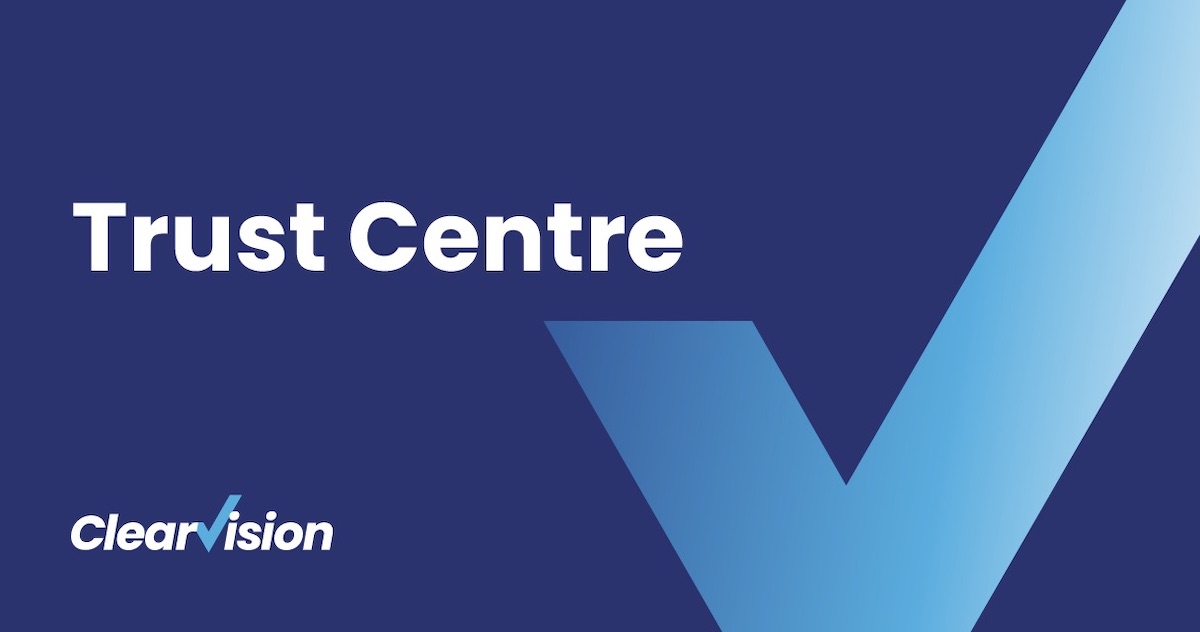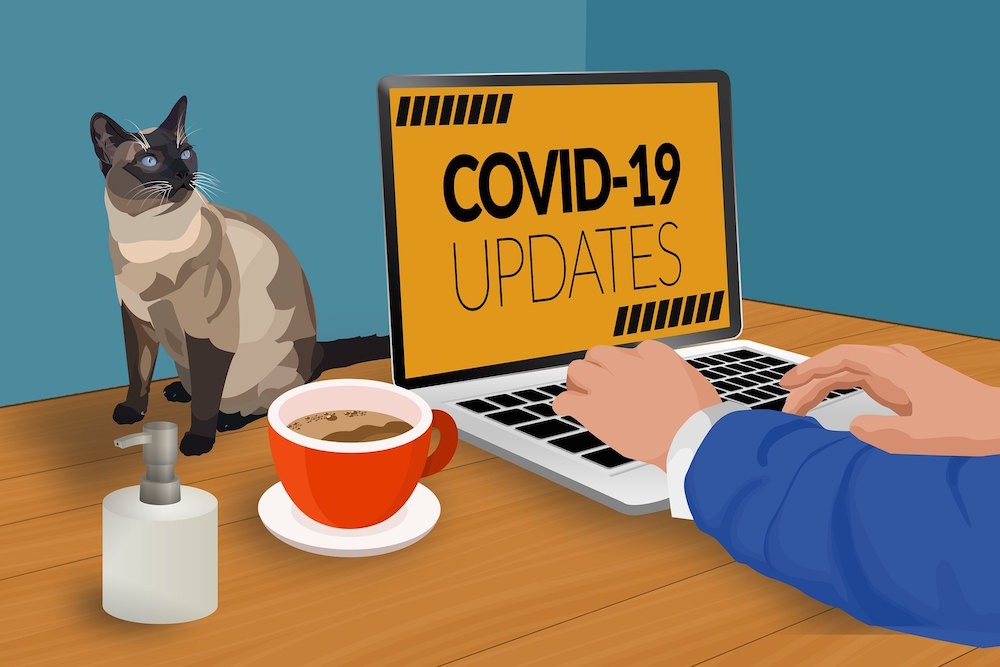Amongst many things impacted by COVID-19, businesses around the world are making the strategic move to work remotely — Atlassian tools are keeping their teams together.
Here are some tips to help maximise your usage:
1. Use Kanban boards wisely
Kanban boards act as a single source of truth for what items are being worked on, who’s working on what, what has recently been completed, and what is to come. Team members must ensure that their Kanban is kept up-to-date at all times.
2. Introduce daily stand-ups
This is essential for enabling collaboration as you can find out what’s going on or if anything is blocking the progress of work. Knowing what your teammates are up to can help in a number of ways like, for instance, if someone goes off sick or is unavailable for any particular reason, then their work can be picked up if necessary by someone else in the team.
3. Flagging Issues
Jira allows Issues to be flagged on the Kanban board. Team members should be encouraged to comment on Issues where they see fit.
4. Assigning Issues
It’s important to know who’s working on what. This can be achieved by ensuring Issues are assigned to either yourself or another member of the team when and if work is handed over. If team members are unavailable, this can be viewed on the Kanban or by querying Jira, which will then allow you to measure any potential impact on work.
5. Watch out for ‘stuck’ issues
A useful tip is to watch out for the number of dots on the Agile cards shown on the Kanban board. Each dot represents a day in which an Issue has been sat in that column. It’s easy to spot Issues that have become ‘stuck’ or are taking longer than expected.
6. Comment regularly
Keeping Issues up-to-date by adding regular comments is essential when collaborating remotely. This is especially important when handing-off Issues to other users/members of the team. Backward steps on the workflow should have comments to record why Issues were moved to a previous status. Jira workflows can be modified to include screens that capture information during these transitions.
Discourage people from working outside of Jira. Important emails or instant messages can be lost if they are disconnected from the Issue.
7. Backlog prioritisation
Keeping a well-ordered backlog is essential. Work-items that deliver the highest value to customers should be at the top of the list so that teams can focus on the delivery of work-items and prioritise accordingly.
If the backlog is in good working order, it’s possible for the Product Owner to be unavailable for a period of time without it having too much of an impact on the team.
It might also be a good idea to have a contingency plan in place for teams running with reduced numbers. Rather than trying to push on with feature delivery or large projects, concentrate efforts on proactive maintenance, reducing technical debt, decreasing the bug backlog or on other small tasks that do not require the entire team. Jira labels can be used to nominate work-items and to create a plan-b backlog if necessary.
8. Release dates or milestones
As with any potential impact on staff numbers, be prepared to modify release dates or even reduce scope to retain a promised release date. Using the Jira Versions/Releases functionality proves invaluable when it comes to getting the team to understand the expected scope for intended releases and dates.
9. Portfolio for Jira
Portfolio for Jira is an amazing tool, which allows what-if simulations to be performed in order to assess the impact of any change to scope/capacity or dates. Development leads can see the potential effect of a reduction of Velocity, or simulate adjustments of scope.
10. Program Increment Planning
Program Increment (PI) Planning is a scaled-agile practice that plans out the next period of work. It’s usually held in-person to maximize collaboration between developers and teams. Remote video-conferencing and web-based brainstorming tools make important events possible. Jira tools, such as Portfolio, Easy Agile Programs, or Structure for Jira can all be used to ensure members of the Agile Release Train have a clear understanding of the outcome of the planning session.
That may be the end of my list, but it’s not the end of what we can do to help. Get Consultancy, Support, augmented resources and more from Clearvision experts usually delivered face-to-face, but also on a remote basis. Click the button below to get in touch.

Nigel Budd
Nigel is a Global Client Services Manager specialising in the Atlassian Stack.
Atlasssian expert resources
Visit our blog for expert news and articles from the Atlassian world. On our resources page you will find recorded webinars, white papers, podcasts, videos and more.
The Software Blog
Read our blog for articles offering best practice advice written by Atlassian experts, as well as the latest news concerning your software.
Software White Papers and Guides
Dive deep into Atlassian software with our white papers and guides on individual tools, partner products, services, and best practices, written by the experts.
Expert Webinars
All of our webinars are pre-recorded and available to watch on-demand. Enjoy everything from partner features to application demos and updates from Atlassian experts.
















